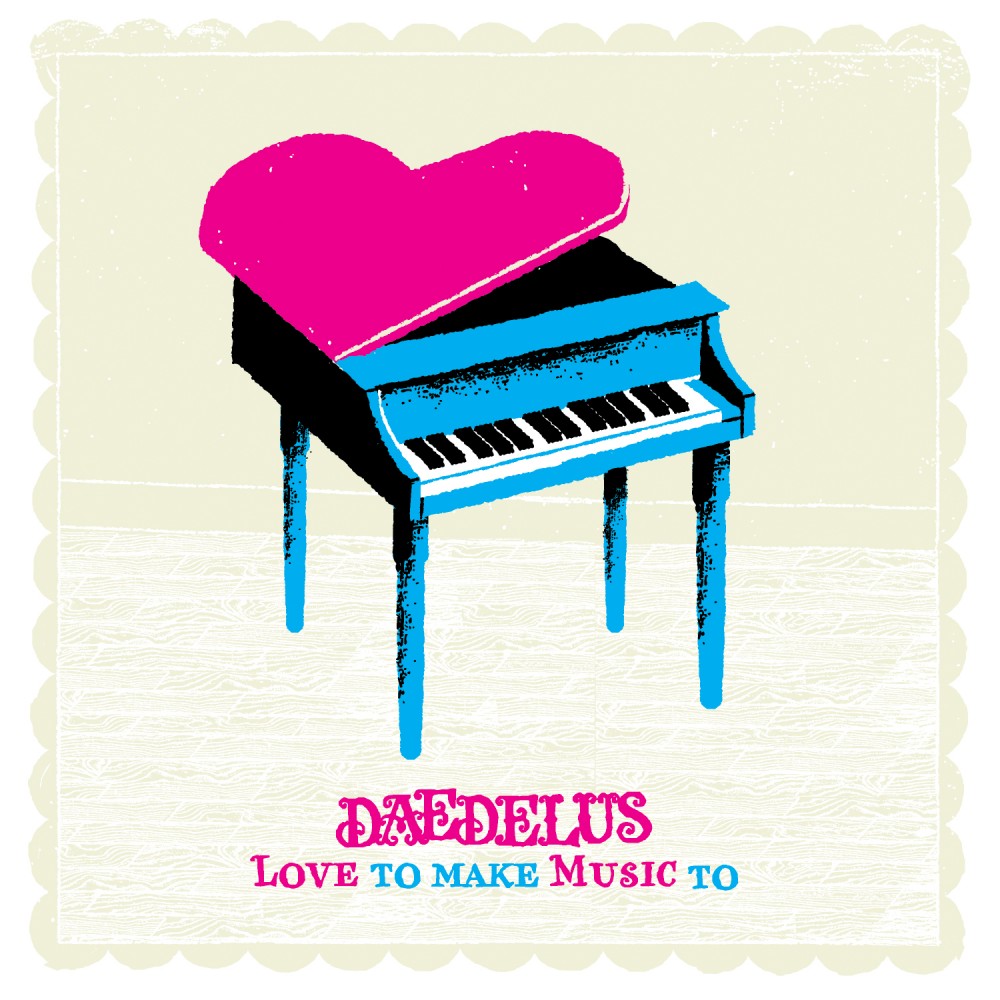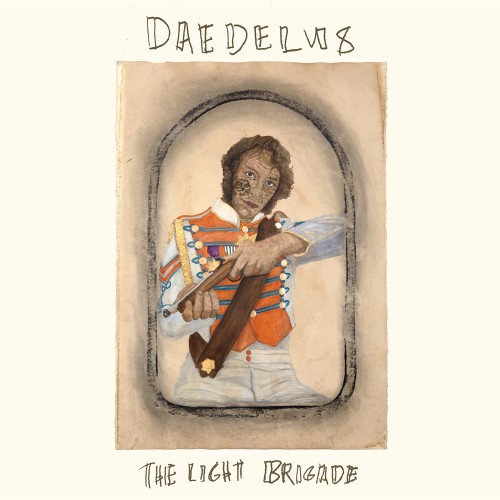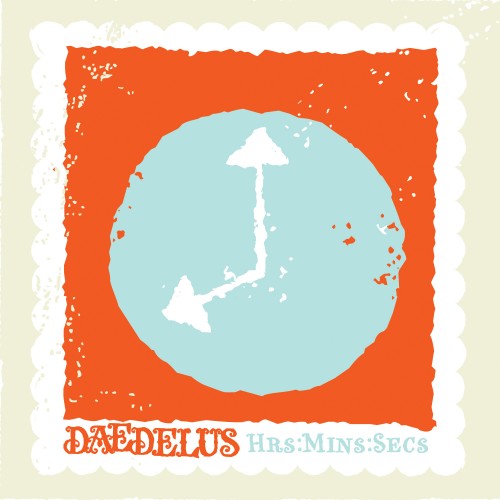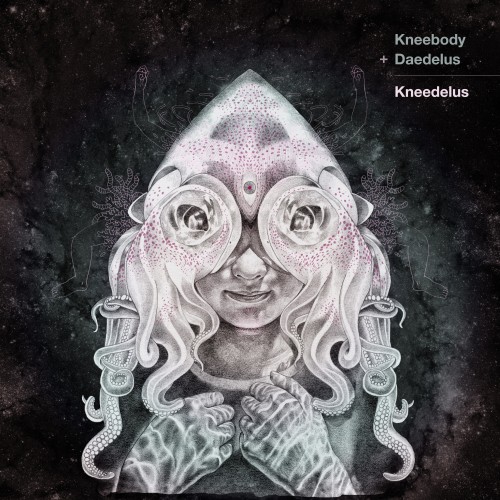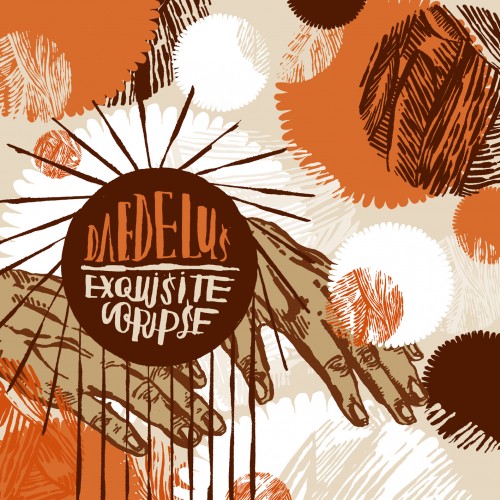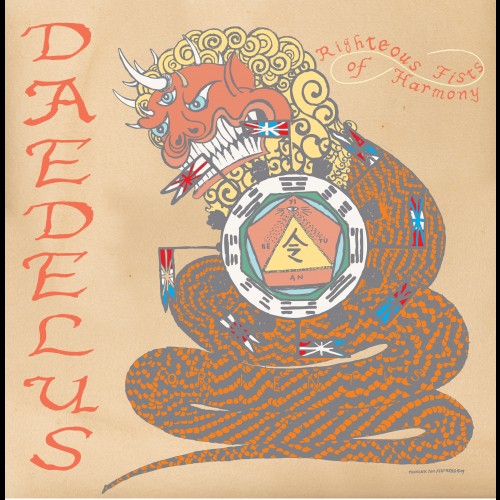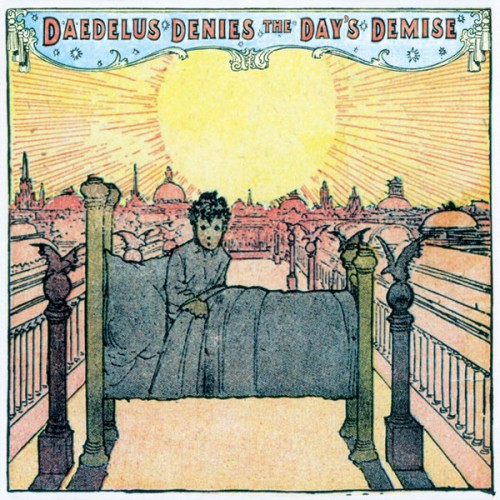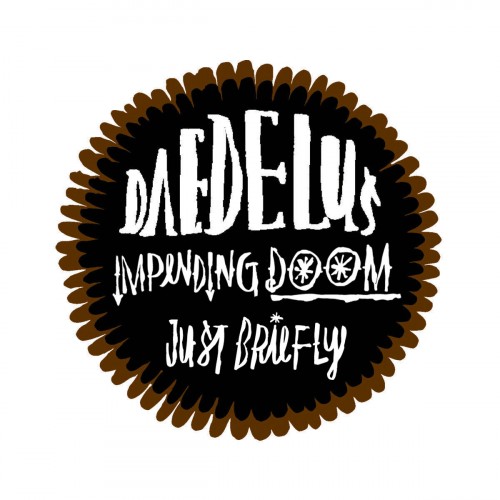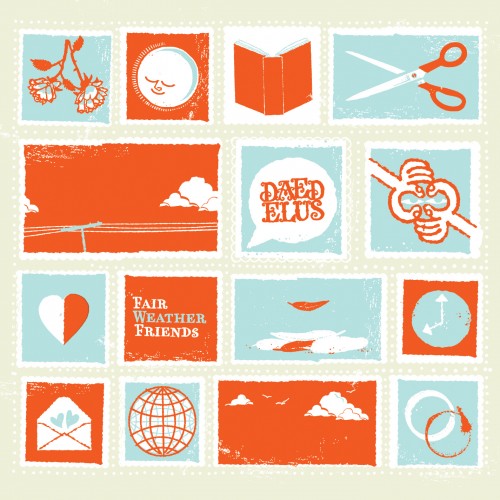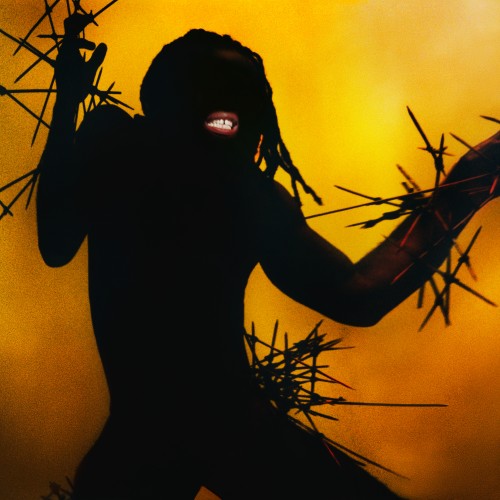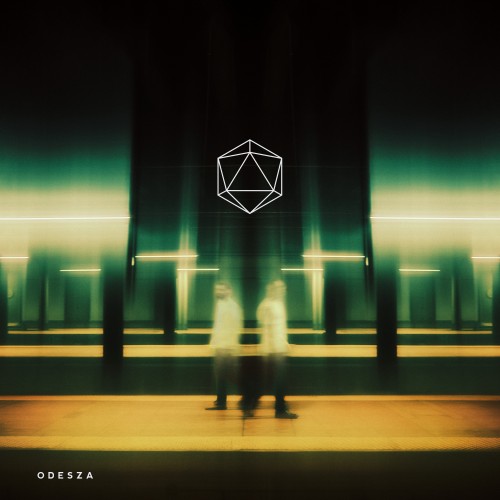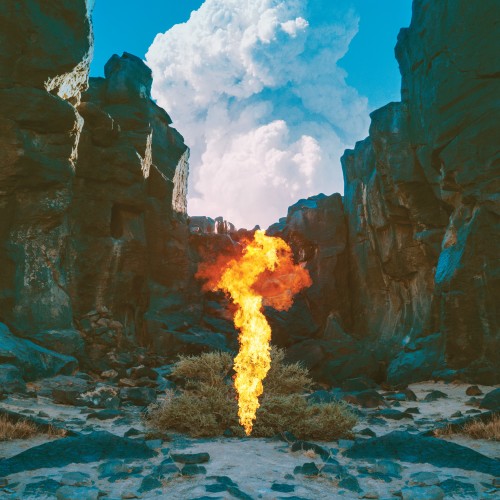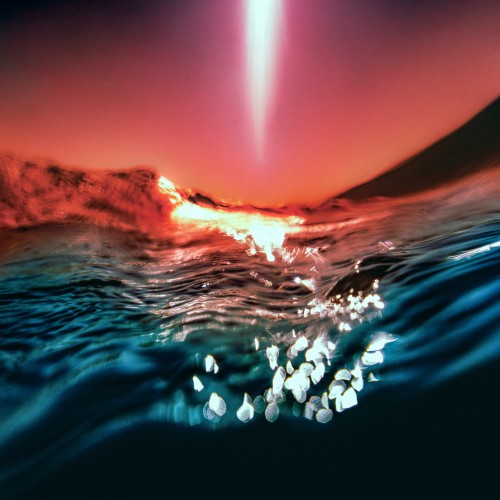Love To Make Music To
by Daedelus
— Released 9th June 2008
1893. Chicago. The World’s Fair to commemorate the 400th anniversary of Columbus’ discovery of America opens. In the entourage of one Nikola Tesla, the renogade pioneer of modern electricity, travels Alfred Darlington, a young inventor from Los Angeles.
On only the second day of the fair, Darlington is electrocuted in a terrible accident, pronounced dead and taken to the morgue. Two days later, an attendent there hears knocking from one of the drawers where the corpses are kept. Arm...
1893. Chicago. The World’s Fair to commemorate the 400th anniversary of Columbus’ discovery of America opens. In the entourage of one Nikola Tesla, the renogade pioneer of modern electricity, travels Alfred Darlington, a young inventor from Los Angeles.
On only the second day of the fair, Darlington is electrocuted in a terrible accident, pronounced dead and taken to the morgue. Two days later, an attendent there hears knocking from one of the drawers where the corpses are kept. Armed with a shotgun and whisky he opens the drawer to find the young Alfred not only alive and well but babbling about a future worlds he has visited and asking that everyone now calls him 'DAEDELUS'.
Tesla, both relieved that the boy has survived and embarrassed by the accident, allows him the run of his workshops. Over the next six months of the Fair, he devotes his time to building strange electronic instruments and on the very last night of the Fair presents the Love To Make Music To Symphony, which, he claims, is the sound he heard in the future.
The events of the performance are shrouded in secrecy – widely believed to be a result of a cover-up by government and the vested commercial interests who had most to gain from the Fair’s success. The few reports which have filtered out say that people go mad as they listen to the strange, alien sounds the young composer describes as “music”, that they scream, laugh, pull off their clothes, have sex with each other and themselves, fall into reveries and shout of “the hills, the beautiful hills”. Daedelus himself is dragged from the stage and detained indefinitely in a mental hospital in Chicago and stays there until his mysterious disappearance on May 29th 1913, incidentally the night of the riots in Paris at the first performance of Stravinsky’s Rites of Spring.
But for another twist the story would have ended there. However, Dr John Thompsock of the Chicago Ultra-Arts & Science-head Institute and one of the greatest living Tesla-ologists is lucky enough to obtain a cache of Tesla’s papers from a shadowy Eastern European in 1999. In amongst them he finds a cylinder disk. On playing it, he discovers that it contains the only recording made of Daedelus’ first and last performance.
Digitized and cleaned of crackle, pops, and shorn of 45 minutes of detuned primitive oscillator noise, this is the performance which you are holding now. Or listening to. Almost as strange as the day it was first performed and as liable to bring on what we can only decribe as “sexual fever”. To ease you through – and hopefully hold the fever at bay - this version features commentary from a number of leading scientists including Om’mas Keith and Taz of the Sa-Ra Foundation, plus (Dr) Michael Johnson, (Prof) N’fa, Paperboy (Mphil), (Dr) Erika Rose and (Prof) Laura Darling (of the Long Lost Institute). Of more than academic interest, this should still appeal to all aficionado’s of Very Very Late Victorian Music.
Love To Make Music To
by Daedelus
— Released 9th June 2008
Physical |
Digital |
||
|---|---|---|---|
| 2xLP (ZEN142) | MP3 (ZENDNL142) | ||
| CD (ZENCD142) | 16-bit WAV (ZENDNL142W) | ||
Bundles |
||
|---|---|---|
|
Tracklist
- CD
- 2xLP
- MP3
- 16-bit WAV
-
1
Fair Weather Friends
-
2
Touchtone
-
3
Twist The Kids
-
4
Get Off Your HiHats
-
5
My Beau
-
6
Make It So (Album Version)
-
7
Only For The Heart Strings
-
8
I Car(ry) Us
-
9
I Took Two
-
10
Assembly Lines
-
11
Bass In It
-
12
Hrs:Mins:Secs
-
13
If We Should
-
14
Drummery Jam
-
15
You're The One
-
Play All (15)
-
1
Fair Weather Friends
-
2
Touchtone
-
3
Twist The Kids
-
4
Get Off Your HiHats
-
5
My Beau
-
6
Make It So (Album Version)
-
7
Only For The Heart Strings
-
8
I Car(ry) Us
-
9
I Took Two
-
10
Assembly Lines
-
11
Bass In It
-
12
Hrs:Mins:Secs
-
13
If We Should
-
14
Drummery Jam
-
15
You're The One
-
Play All (15)
1893. Chicago. The World’s Fair to commemorate the 400th anniversary of Columbus’ discovery of America opens. In the entourage of one Nikola Tesla, the renogade pioneer of modern electricity, travels Alfred Darlington, a young inventor from Los Angeles.
On only the second day of the fair, Darlington is electrocuted in a terrible accident, pronounced dead and taken to the morgue. Two days later, an attendent there hears knocking from one of the drawers where the corpses are kept. Arm...
1893. Chicago. The World’s Fair to commemorate the 400th anniversary of Columbus’ discovery of America opens. In the entourage of one Nikola Tesla, the renogade pioneer of modern electricity, travels Alfred Darlington, a young inventor from Los Angeles.
On only the second day of the fair, Darlington is electrocuted in a terrible accident, pronounced dead and taken to the morgue. Two days later, an attendent there hears knocking from one of the drawers where the corpses are kept. Armed with a shotgun and whisky he opens the drawer to find the young Alfred not only alive and well but babbling about a future worlds he has visited and asking that everyone now calls him 'DAEDELUS'.
Tesla, both relieved that the boy has survived and embarrassed by the accident, allows him the run of his workshops. Over the next six months of the Fair, he devotes his time to building strange electronic instruments and on the very last night of the Fair presents the Love To Make Music To Symphony, which, he claims, is the sound he heard in the future.
The events of the performance are shrouded in secrecy – widely believed to be a result of a cover-up by government and the vested commercial interests who had most to gain from the Fair’s success. The few reports which have filtered out say that people go mad as they listen to the strange, alien sounds the young composer describes as “music”, that they scream, laugh, pull off their clothes, have sex with each other and themselves, fall into reveries and shout of “the hills, the beautiful hills”. Daedelus himself is dragged from the stage and detained indefinitely in a mental hospital in Chicago and stays there until his mysterious disappearance on May 29th 1913, incidentally the night of the riots in Paris at the first performance of Stravinsky’s Rites of Spring.
But for another twist the story would have ended there. However, Dr John Thompsock of the Chicago Ultra-Arts & Science-head Institute and one of the greatest living Tesla-ologists is lucky enough to obtain a cache of Tesla’s papers from a shadowy Eastern European in 1999. In amongst them he finds a cylinder disk. On playing it, he discovers that it contains the only recording made of Daedelus’ first and last performance.
Digitized and cleaned of crackle, pops, and shorn of 45 minutes of detuned primitive oscillator noise, this is the performance which you are holding now. Or listening to. Almost as strange as the day it was first performed and as liable to bring on what we can only decribe as “sexual fever”. To ease you through – and hopefully hold the fever at bay - this version features commentary from a number of leading scientists including Om’mas Keith and Taz of the Sa-Ra Foundation, plus (Dr) Michael Johnson, (Prof) N’fa, Paperboy (Mphil), (Dr) Erika Rose and (Prof) Laura Darling (of the Long Lost Institute). Of more than academic interest, this should still appeal to all aficionado’s of Very Very Late Victorian Music.

